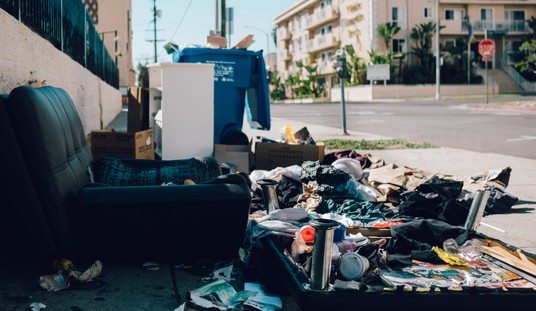Compare and contrast these maps. First, the “undervote” by county in the recent Pennsylvania Democratic Presidential primary. The numbers in each county represent the proportion of voters in a Democratic primary who selected “no candidate” rather than vote for the incumbent, Barack Obama.

Now, the distribution map of the Marcellus Shale:

While we’re at it, a third map shows the locations of active drilling wells in the Keystone State:

In discussions of energy and politics, the focus is often on the bogeyman, “Big Oil”. But in the energy states, energy policy intersects with electoral politics at a very local grassroots level.
When an oil and gas operator decides to drill, they need a lease; in other words, the company pays cash directly to the landowner, up to thousands of dollars per acre, in return for the right to drill.
In addition to this “lease bonus”, the landowner receives a royalty on production. This is a non-cost-bearing interest in production, maybe 20% or more. “Non-cost-bearing” means the landowner does not pay one cent of the cost to drill or operate the well.
So drilling benefits only the landed gentry? Hardly.
Oil and gas money usually doesn’t end up under a mattress. It gets deposited in local banks. The money ends up with local car dealers, building contractors and furniture stores.
And then there are the oilfield jobs, generally better paying jobs, with better benefits, than previously existed in the community.
Consequently, local folks generally come to like oil and gas. Especially the Chambers of Commerce. Even local pols, local Democratic pols, like oil and gas activity because the increased valuations mean more property tax dollars filling the public coffers and enriching local school boards.
As the maps show, even Democratic voters vote their pocketbooks.
Cross-posted at Maley’s Energy Blog.















Join the conversation as a VIP Member